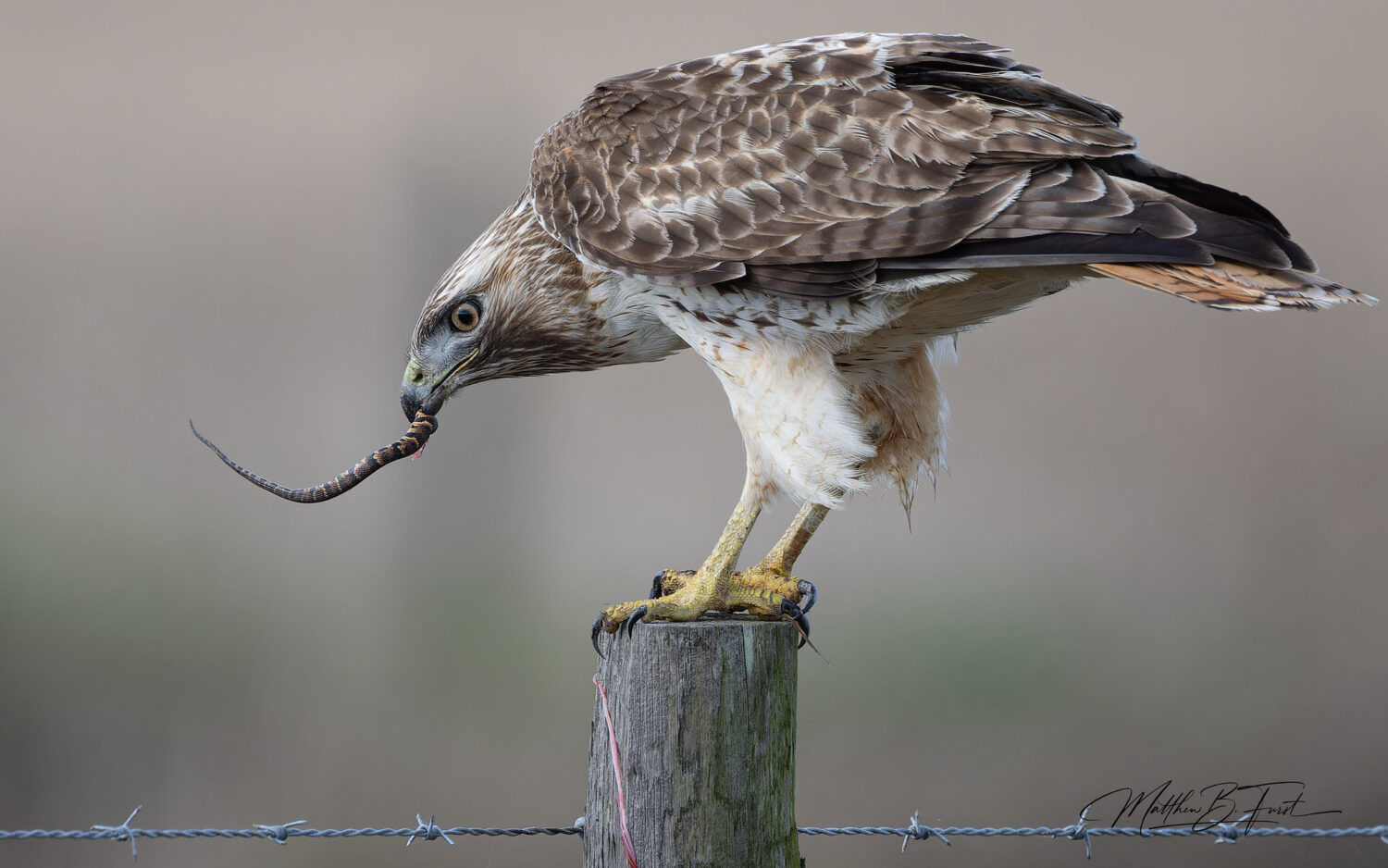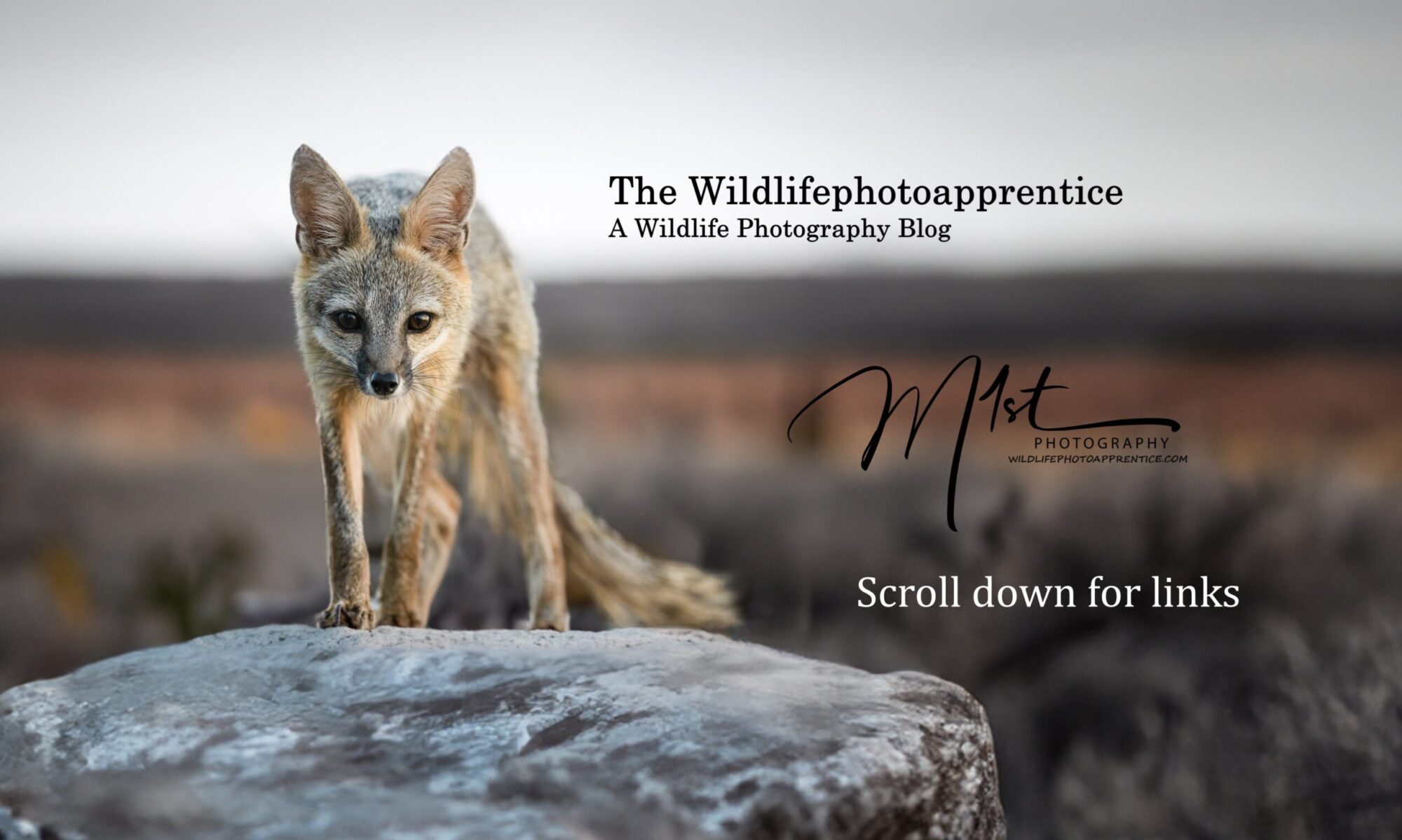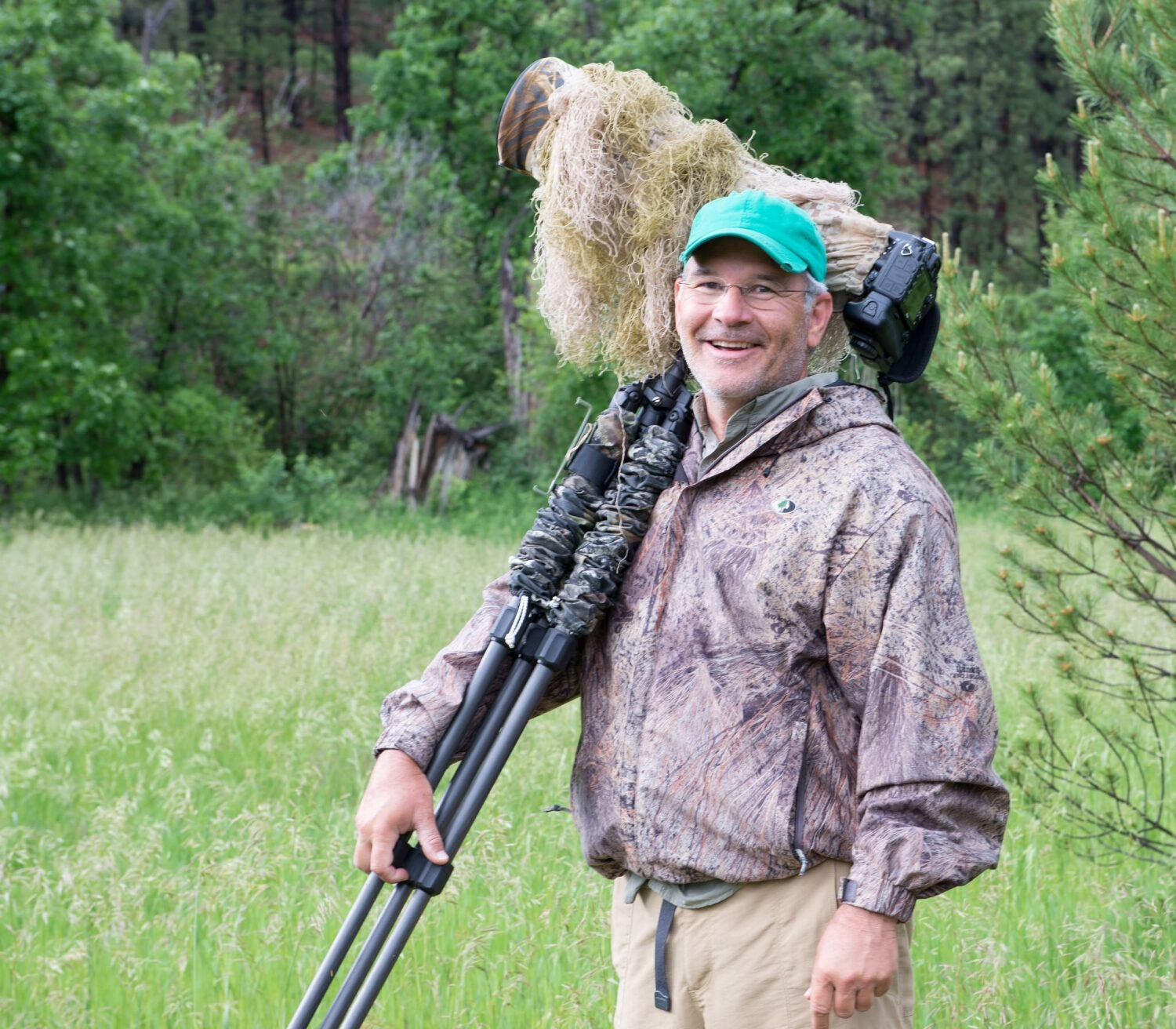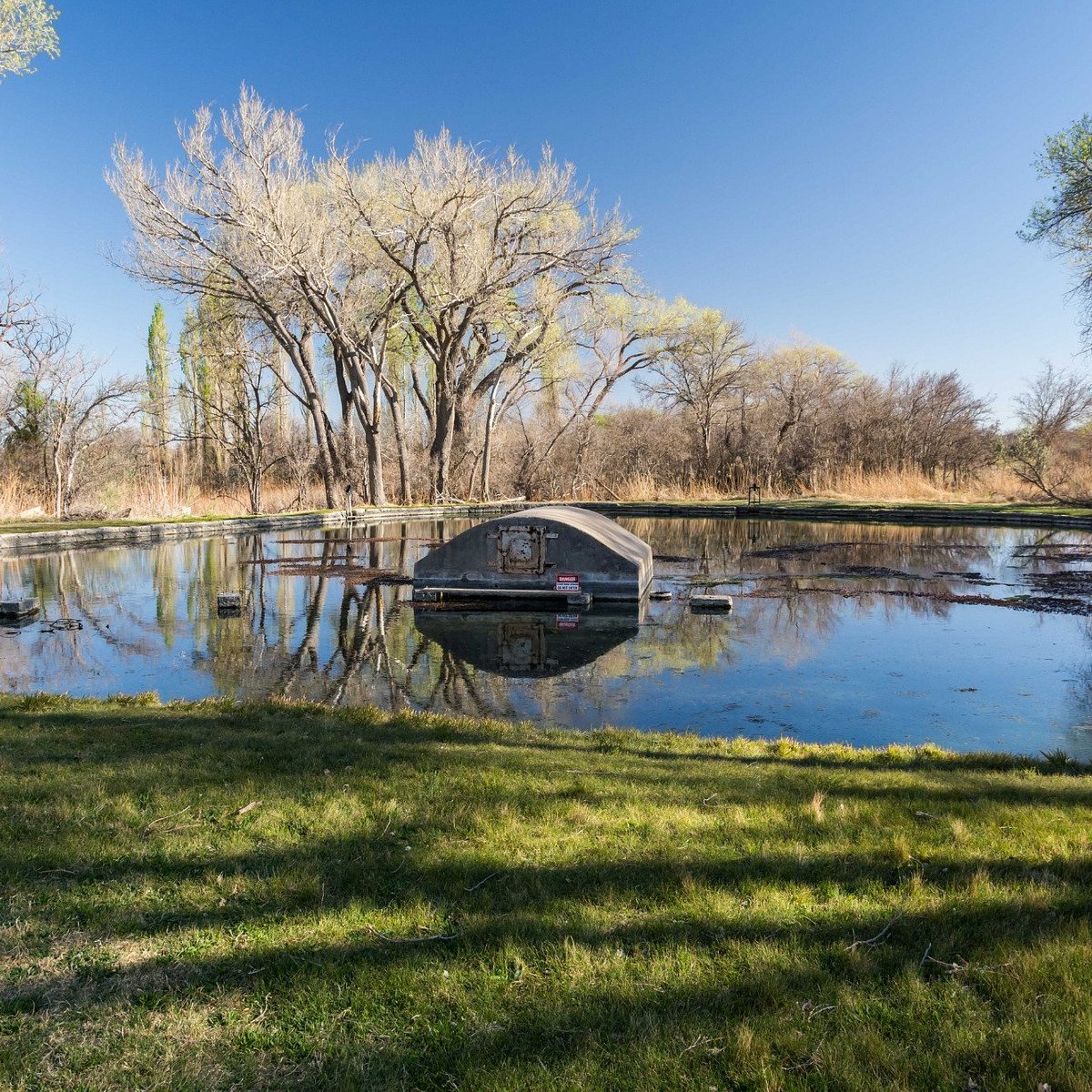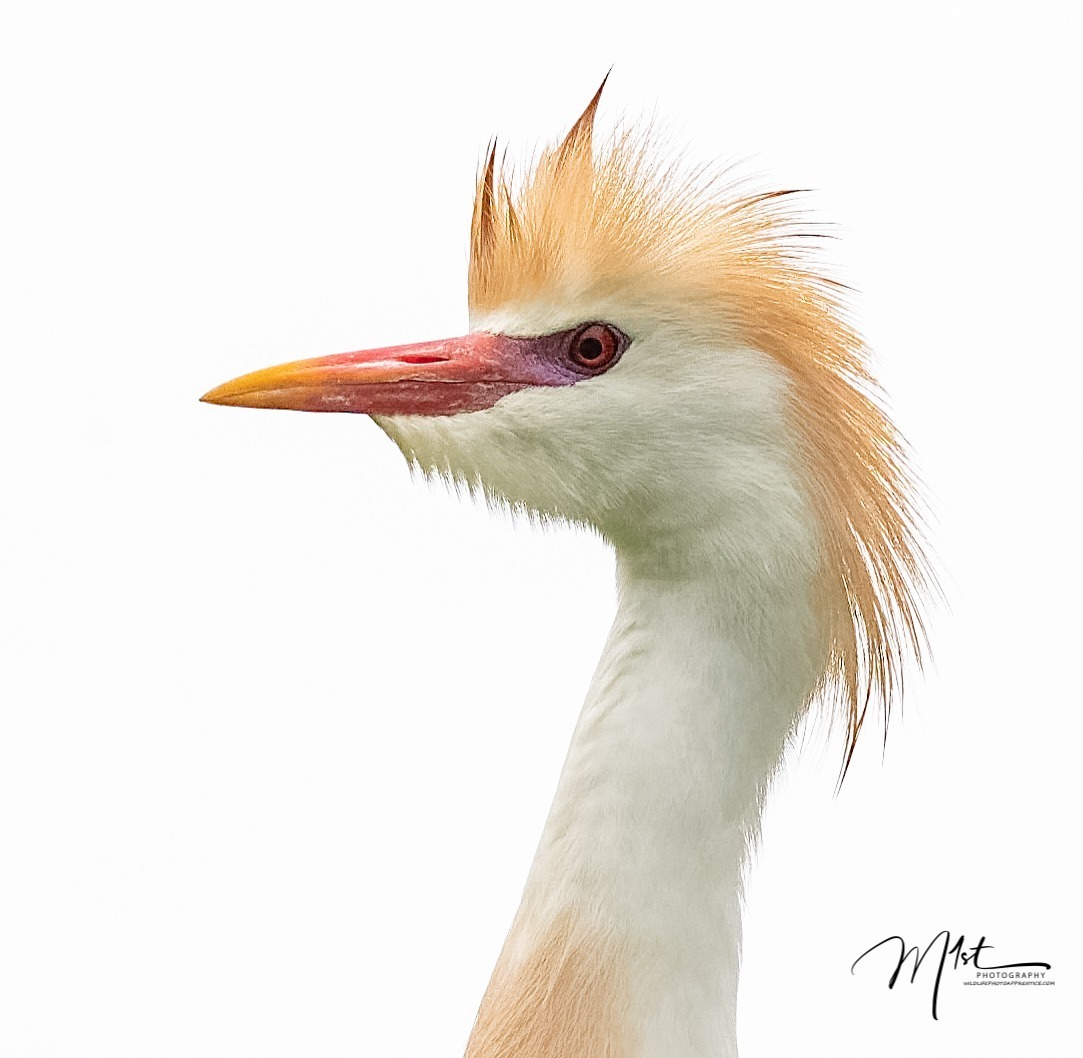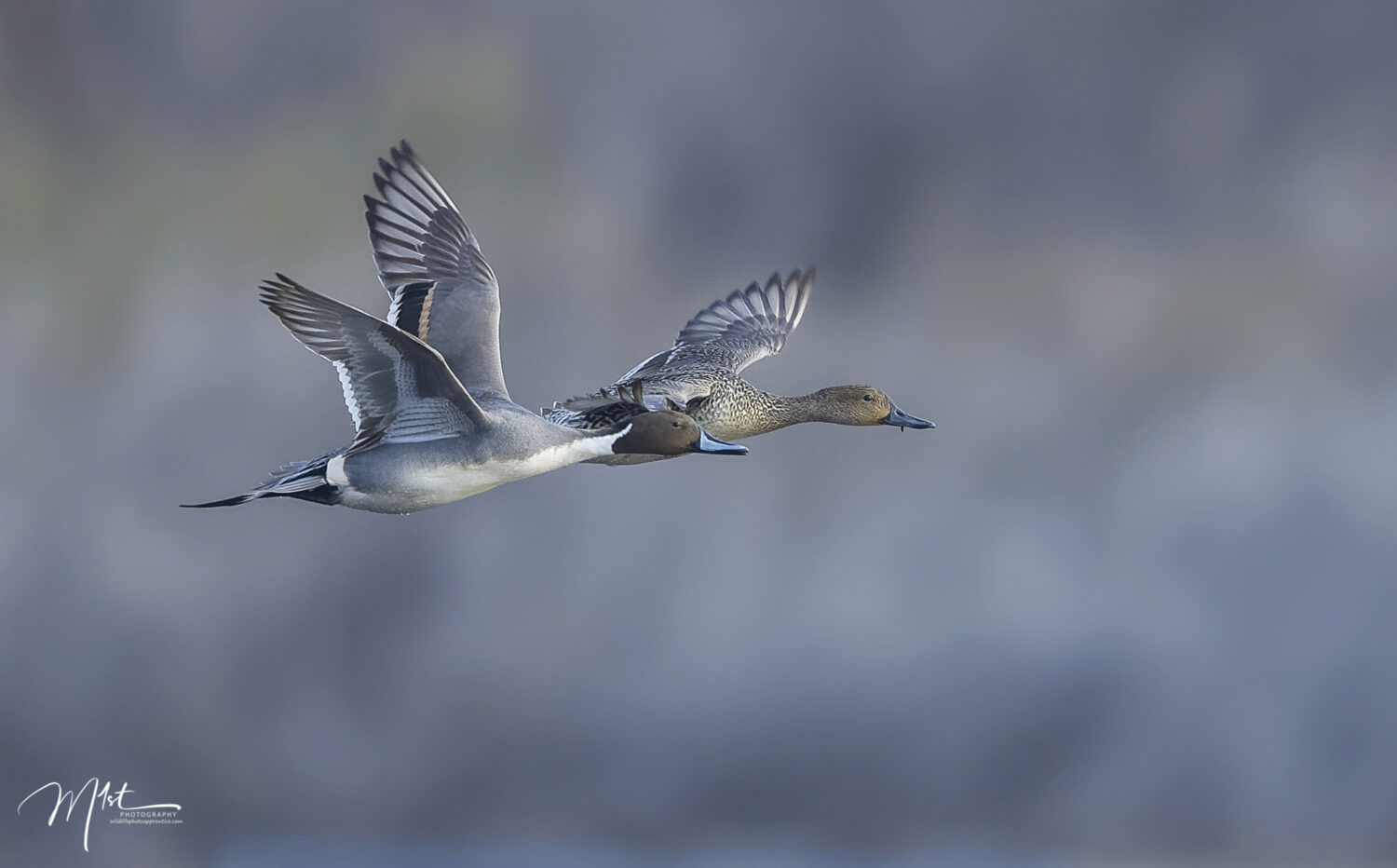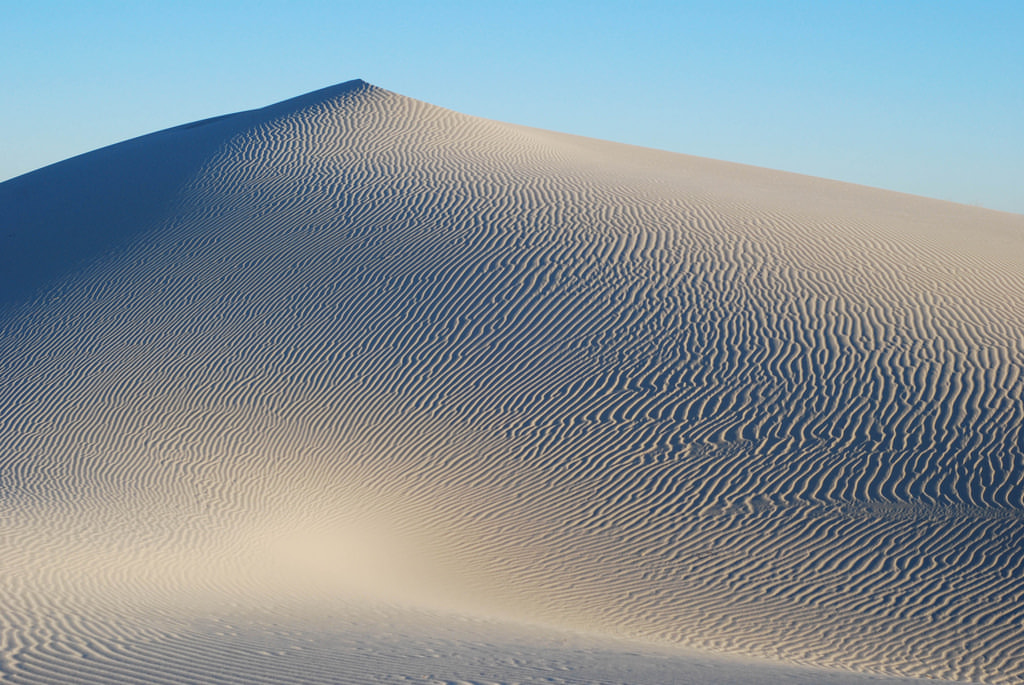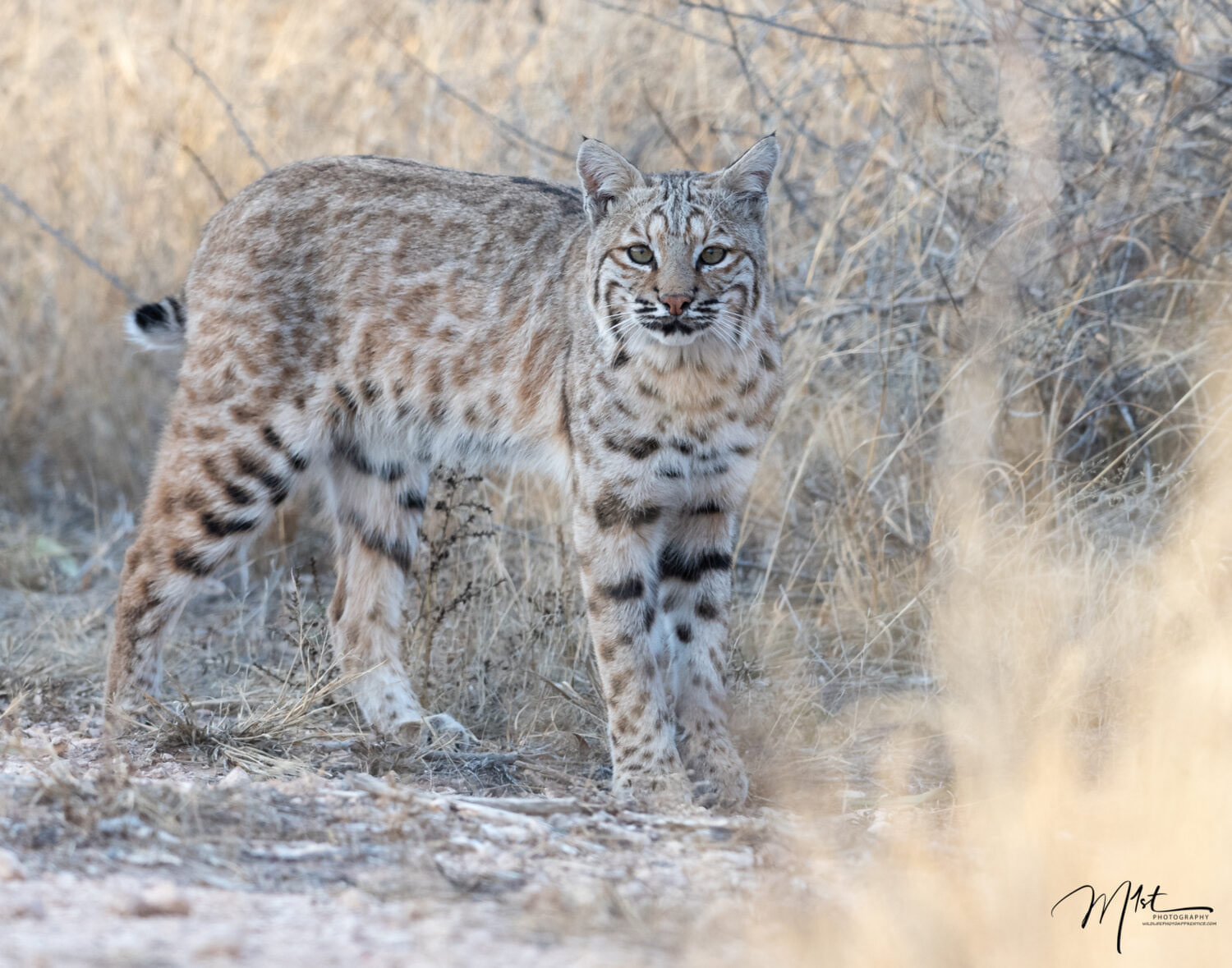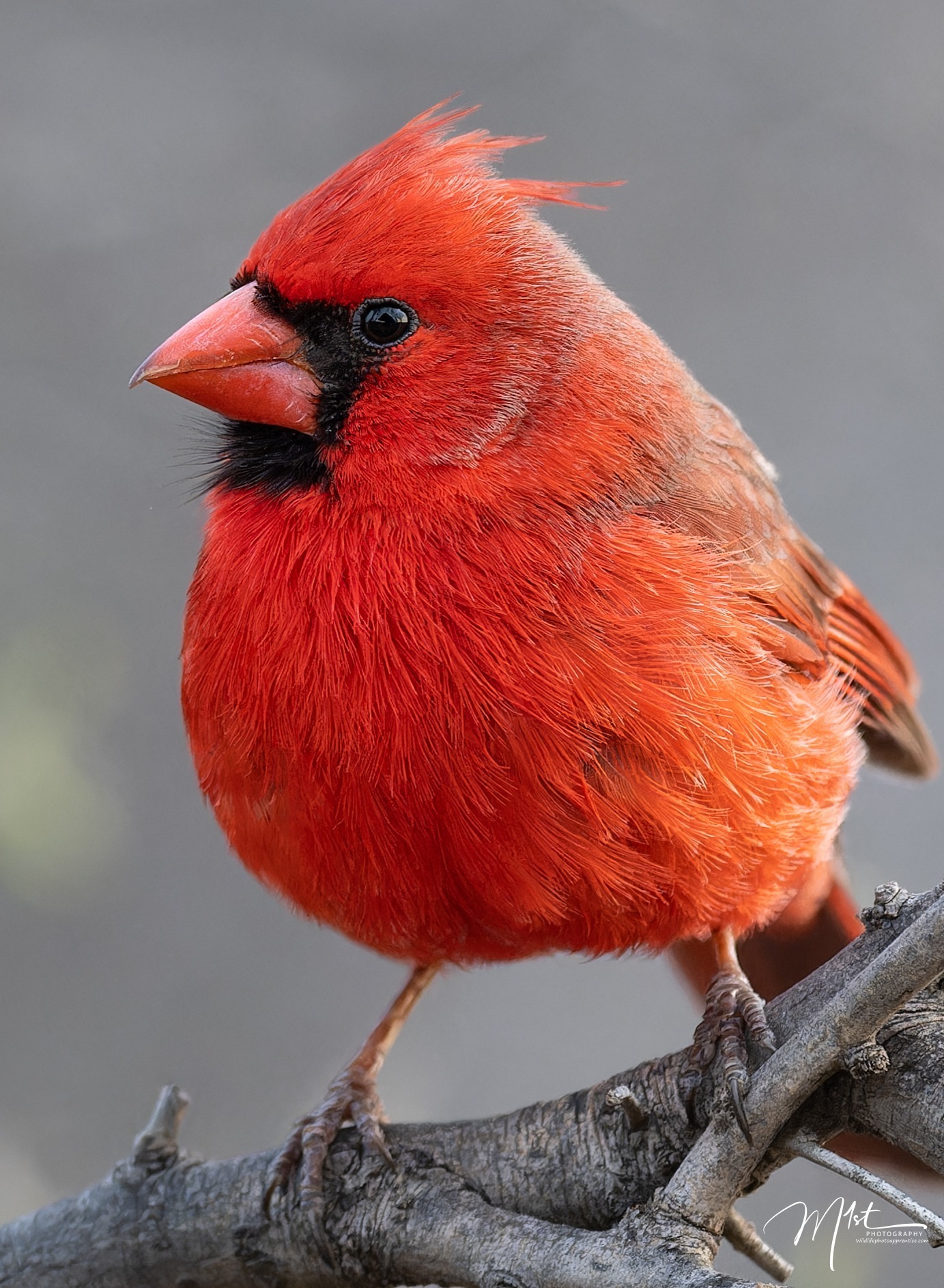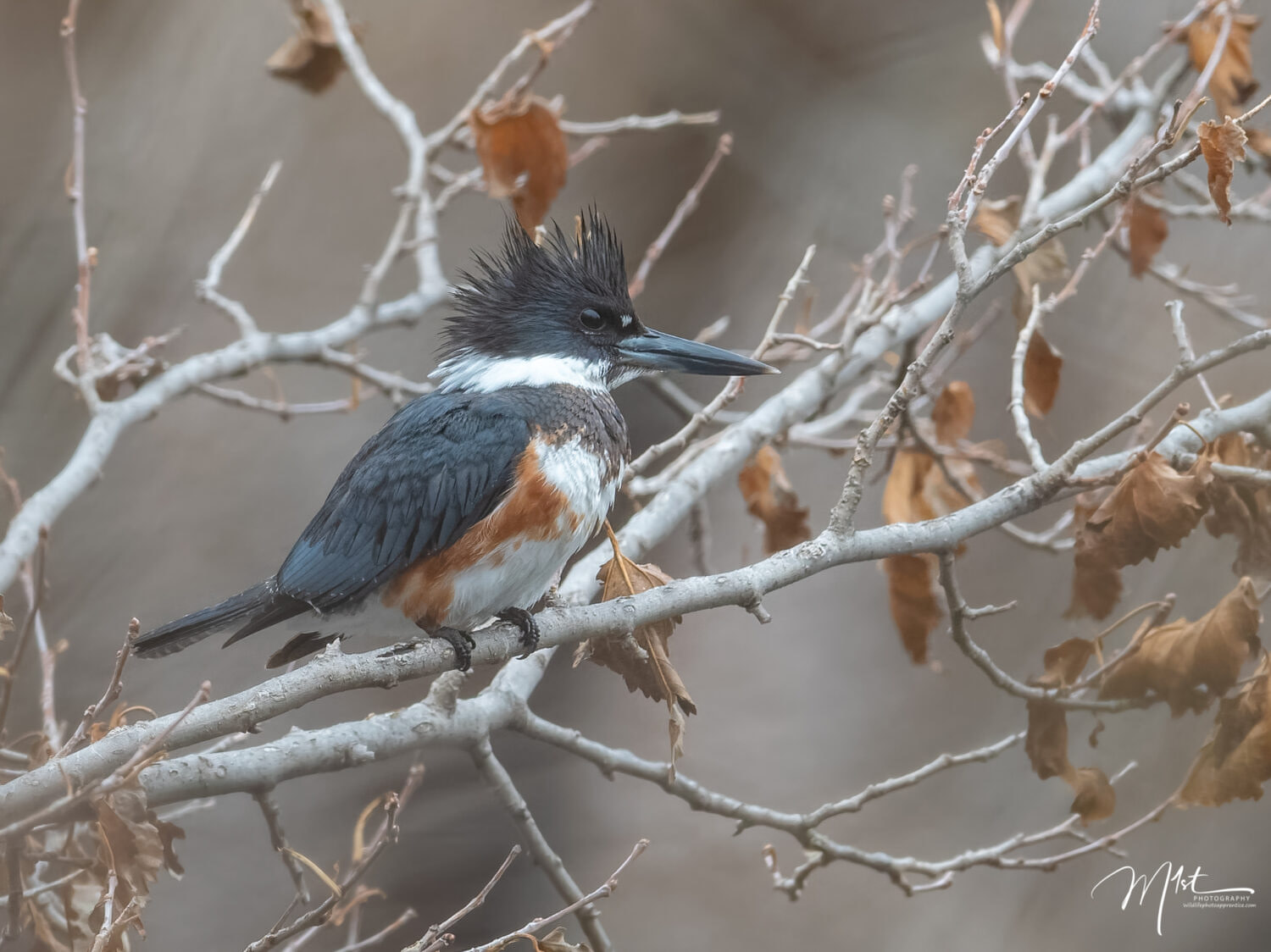Every year, my wife goes above and beyond to make my birthday special, and her gift-giving prowess reaches its peak when she gives me a trip tailored to my passion for wildlife photography. This year, I was delighted to explore the Anahuac National Wildlife Refuge and the Bolivar Peninsula in Texas. The experience was heightened by our stay in a charming beachfront Airbnb, where the soothing sounds of the ocean served as the backdrop to our adventures. The local seafood cuisine was a highlight, treating our taste buds to an array of flavors. However, the true essence of the trip lay in the captivating wildlife photography opportunities that unfolded before my lens. From colorful birds to elusive marshland creatures, the Anahuac National Wildlife Refuge provided a canvas for me to capture the beauty of nature. The Bolivar Peninsula, with its scenic landscapes, added another layer of excitement to our photographic journey. This annual tradition not only celebrates another year of life but also deepens my connection to the wonders of the natural world.
